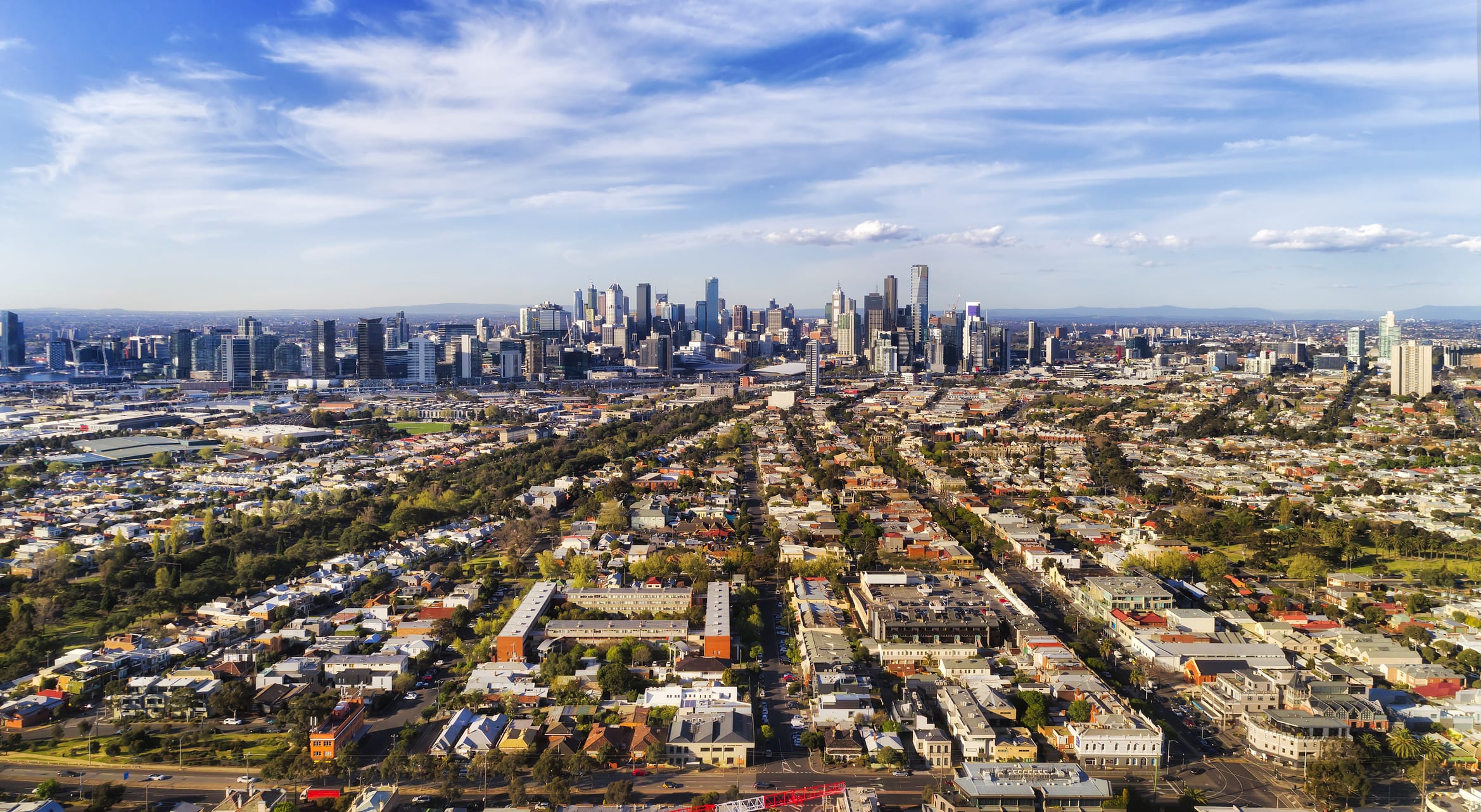Victoria has again become the country’s population-growth winner, after years of playing post-pandemic catch up.
A new analysis of the latest population data from the Australian Bureau of Statistics shows Victoria’s net population growth was 30% of the country’s total in 2024 – the largest share of any state or territory.
It was just the second time the state had the biggest slice of Australia’s overall population-growth pie since 2019 – and the first time by a significant margin.
In 2023, Victoria did have a slightly larger portion of growth than NSW – 28% of the country’s overall increase compared with NSW’s 27%. But it is clear from the 2024 data that Victoria firmly took back the top spot last year.
The chart below shows each state and territory’s net-population growth – which is the total increase or decrease in a population, including interstate and international arrivals and departures; and births and deaths – since 2015.
We can see that since at least a decade ago, Victoria took the lion’s share of new residents – until 2020 saw its numbers decrease by more than 22,000 people, with a further loss of 12,182 people the following year. This was of course due to the state’s – and in particular Melbourne’s – strict lockdowns.
Though the other states and territories also saw populations drop during the pandemic (with the exception of the Northern Territory) none recorded net decreases, and some took a larger than usual share of the country’s overall population growth.
Queensland and Western Australia had 29% and 14% of the country’s total population increase in 2019, respectively. Those numbers increased by about 20% for each state in 2020 – the Sunshine State taking half of Australia’s total increase in people and WA taking 36%.
The next year, those states also took a larger share of people than the others (46% and 24% of the country’s total increase) as Victoria’s population declined.
Both Queensland and WA’s capitals have also experienced some of the country’s most rapid property-price growth in the past two-and-a-half years, when compared with other capitals.
We can see from the chart below, that all capitals saw a property price-growth boom in 2021 – with the exception of Perth, where growth remained steady. This was a reaction to record-low interest rates and the re-opening of many of the country’s real estate markets post 2020.
That boom in price growth ended in 2022, however, Brisbane, Adelaide, Perth and Canberra still saw prices increase while the other capitals recorded declines.
Then, the following two years saw Perth and Brisbane – along with Adelaide – become the clear front-runners for property-price growth, while Melbourne saw declines.
There are of course many factors which affect property prices, including interest rates, tax policies and property supply. Victoria has been the country’s front-runner when it comes to new-home building and has also had changes to taxes affecting property investors.
However, population-growth is also a piece of the puzzle, and one way we can try to interpret what may happen to a state or city’s property market.
If Victoria follows the post-pandemic trajectory of Queensland and WA, it is possible the state’s – and in particular Melbourne’s – property market could see a comeback in the near future following its population revival.
Green shoots have already started to pop up in the first half of 2025 – Melbourne has seen monthly growth in its median home price each month since February. This, coupled with lower interest rates and strong population growth, could be a sign Australia’s second-largest city is poised for a home-price renaissance.

No responses yet